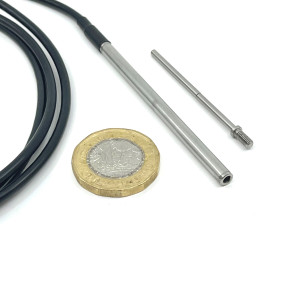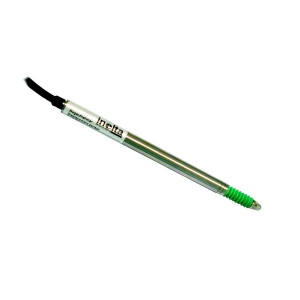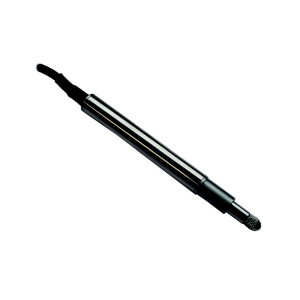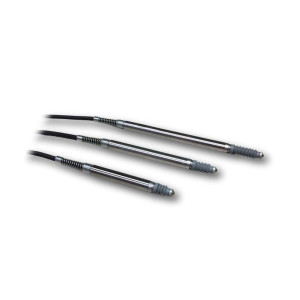Miniature LVDT AC

Miniature diameter LVDT AC Output

Short stroke LVDT 8mm bellows protection

Short stroke AC LVDT 8mm diameter

Miniature diameter LVDT AC Output
Frequently Asked Questions About AC Operated Miniature LVDTs?
Learn about compact contactless linear position sensors, their AC excitation principles, and applications in aerospace, medical, and automation systems.
An AC operated miniature LVDT is a small, contactless linear position sensor that uses AC excitation to accurately measure displacement. It's ideal for applications where space is limited but precision is critical.
It works by applying an AC signal to a primary coil, which induces voltages in two secondary coils. A movable magnetic core shifts the balance between these coils, generating a differential AC output based on position.
Compact size for tight spaces, High accuracy and repeatability, Frictionless operation (no mechanical contact), Long life and durability, Immunity to environmental contaminants
Typically, AC LVDTs use an excitation voltage of 1 to 10 V RMS at a frequency between 2 kHz and 10 kHz, depending on the model.
They are widely used in: Aerospace and defense systems, Medical instruments, Industrial automation, Miniature actuators, Robotic grippers.
It provides a differential AC voltage output, which is proportional to the displacement of the core and typically requires an external signal conditioner to convert it into a usable DC voltage or digital signal.
Yes, many are designed to operate in harsh environments with high temperature, vibration, and contamination, due to their sealed and rugged construction.
While LVDTs are inherently linear, calibration is often done with the associated electronics (signal conditioner) to ensure precise measurements over the specific range of motion.
Ranges typically vary from ±0.5 mm up to ±25 mm, though specific models may differ depending on the manufacturer.
Yes, AC-operated LVDTs require a signal conditioner or LVDT controller to provide excitation and to convert the differential output to a usable format (analog or digital).